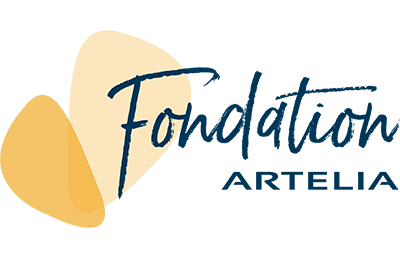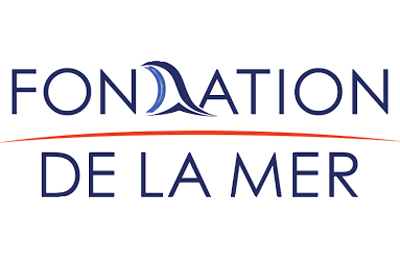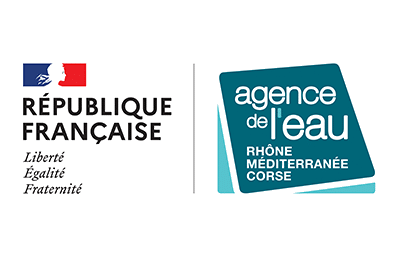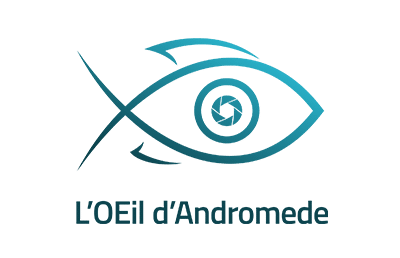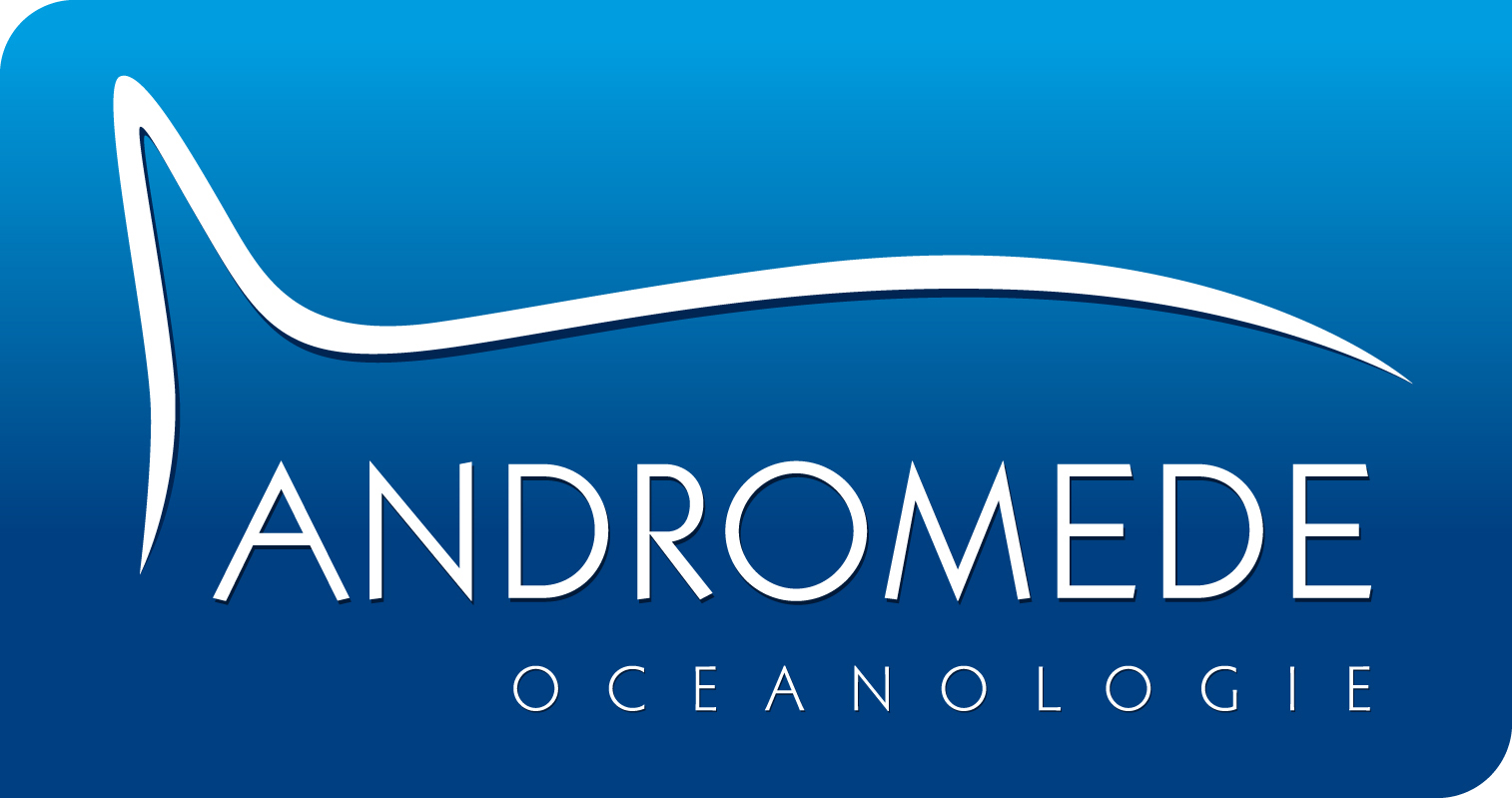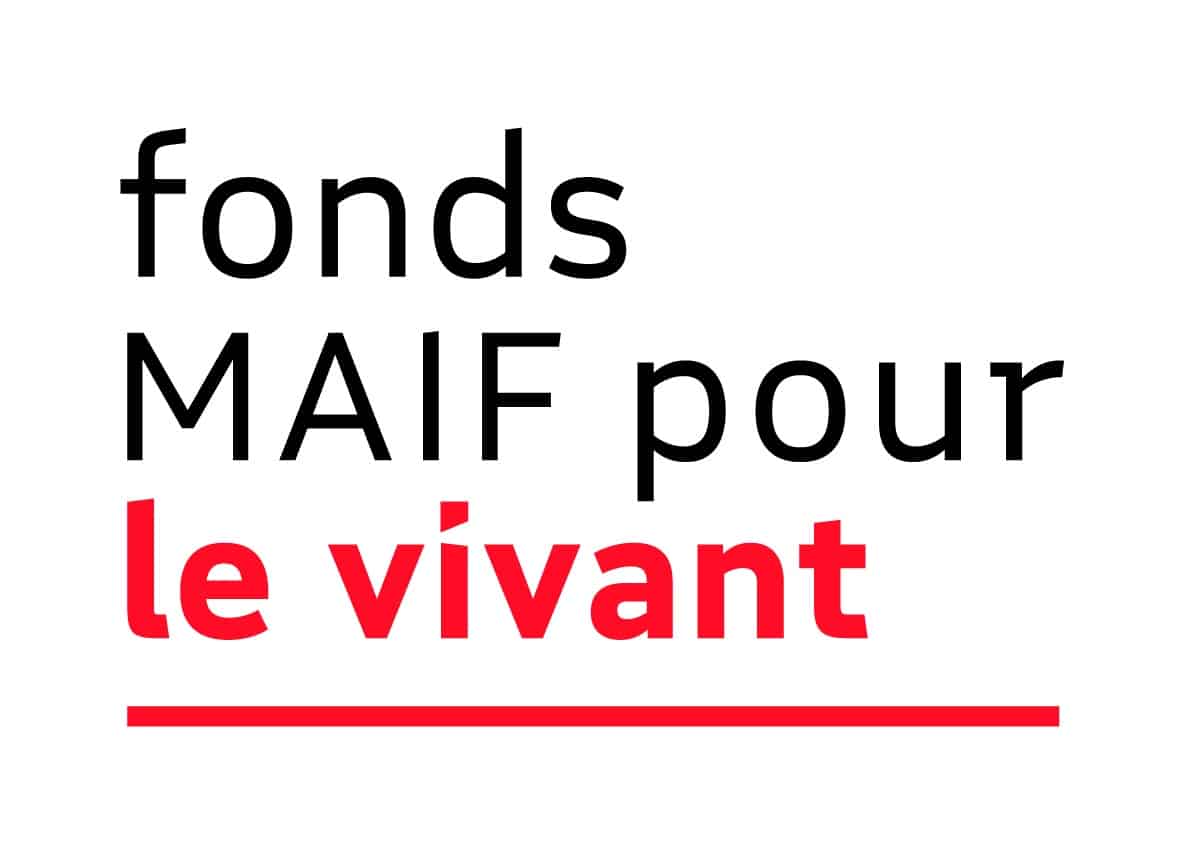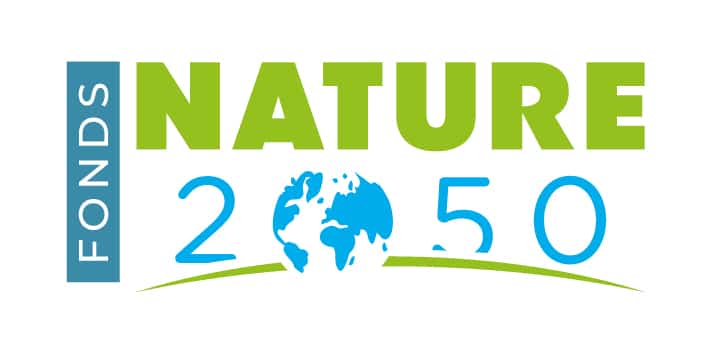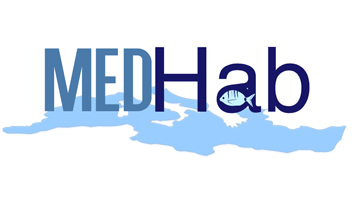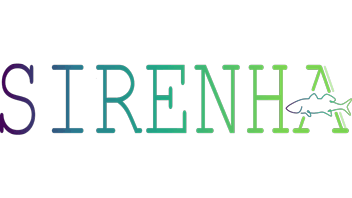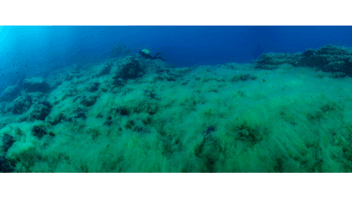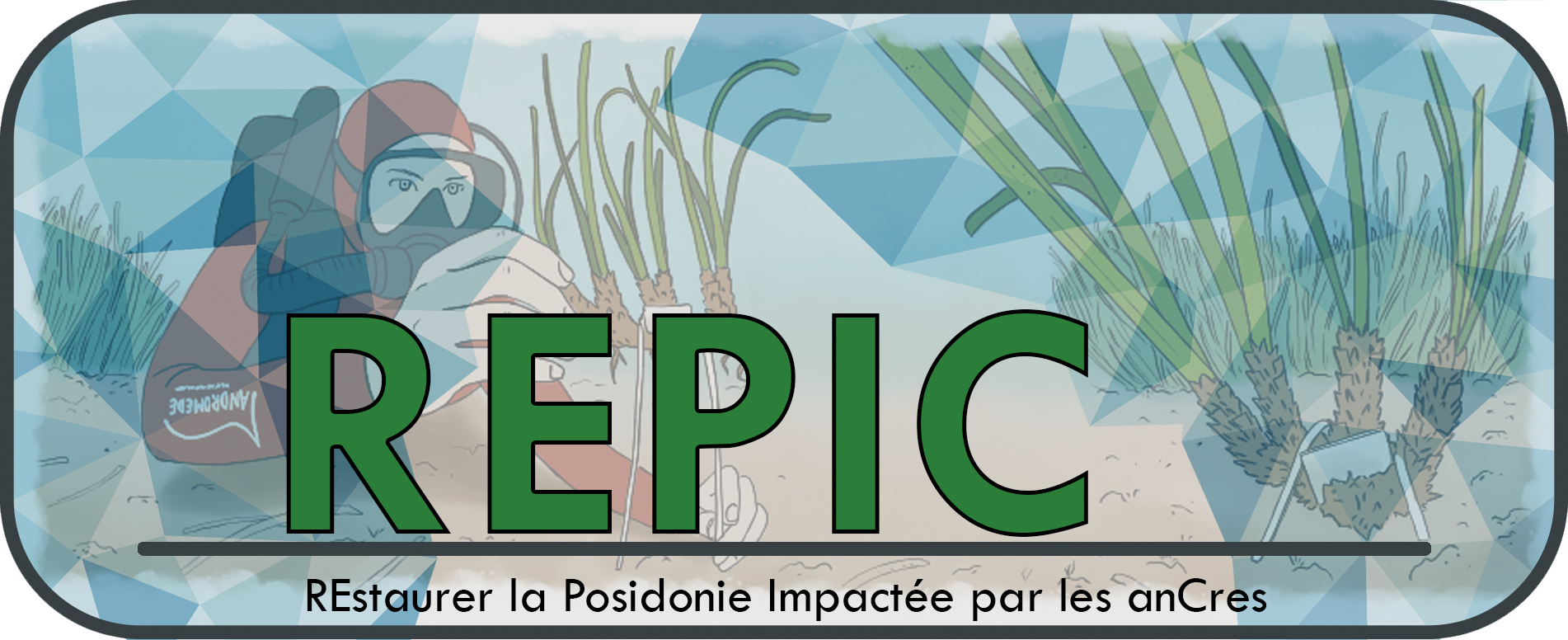
REPIC : AN EXPERIMENTAL PROGRAM FOR THE RESTORATION OF POSIDONIA MEADOWS !
The REPIC programme (« REstaurer la Posidonie Impactée par les anCres », Restore posidonia impacted by anchors) was initiated in 2019 by Andromède Océanologie and l’Oeil d’Andromède in partnership with the Rhône Méditerranée Corse Water Agency and NAOS. For the period 2022-2024, the program is supported by new partners: Fondation de la Mer and Fondation Artelia. In 2024, the Fonds MAIF pour le vivant – Nature 2050 will support the program.
It allows the replanting of posidonia meadow fragments on workshop sites particularly impacted by anchoring and, thus, to initiate a restoration dynamic (reinforcement of populations) of these meadows. REPIC uses a sampling technique that has no impact on the seagrass beds: the planting of floating bundles torn off by anchors during the summer season (or broken off naturally). These fragments have the following advantages: high availability, moderate collection effort, no impact on existing populations. These fragments are transplanted into areas of dead matte using biodegradable staples specially designed for the project.
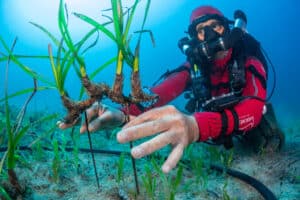
Transplanting is done by hand on predefined areas after the fragments have been surrounded by a biodegradable staple.
Since the program was set up six years ago, three restoration sites have been defined (Golfe Juan, Rade de Beaulieu sur Mer, Rade de Villefranche sur Mer, at depths of between 1.5 and 30 meters). Due to past damage to Posidonia meadows and new protection measures (notably anchoring regulations), these REPIC program sites are now ideal restoration zones for testing new methods of restoring these meadows.
Between 2019 and 2024, the program has been refined and perfected. The actions undertaken since the beginning of REPIC have made it possible to select the transplanting method and the areas chosen, to test the effect of depth on the survival of transplants, to analyze energy recovery over the years, and to identify trends in the progression, regression or stabilization of the restored seagrass beds. Robust monitoring indicators therefore make it possible to assess the effectiveness of restoration measures over time using a variety of methods (photogrammetry, beam counting, laboratory analysis), and provide a solid database conducive to the analysis and understanding of results.
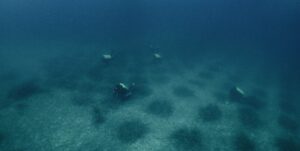
Divers replanting Posidonia fragments on the Beaulieu-sur-Mer restoration site, REPIC 2024 (©Andromède Océanologie)
Thanks to the various campaigns carried out between 2019 and 2024 (176 days of fieldwork, 1007 hours of diving), the total restoration area has reached 3,900 m², with over 273 000 beams transplanted. Scientific monitoring data are processed and made available on the MEDTRIX online mapping platform for monitoring Mediterranean coastal waters and ecosystems (http://plateforme.medtrix) as part of the RESTAU-MED project, which presents ecological restoration projects. For more information on this network, please visit the RESTAU-MED project page. For more information on this network, please visit the RESTAU-MED project page.
The next REPIC missions, scheduled for the summer of 2025, will enable us to continue our work on the restoration sites of Beaulieu-sur-mer, Golfe Juan and Villefranche-sur-Mer in an efficient manner.
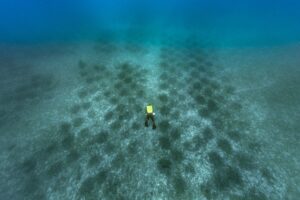
Diver above the restoration site at Beaulieu-sur-Mer, REPIC 2023 (©Laurent Ballesta)
Contact : Gwenaëlle Delaruelle, gwenaelle.delaruelle@andromede-ocean.com; Jo-Ann Schies, joann.schies@andromede-ocean.com
Project owners : Andromède Océanologie et l’Œil Andromède
Update frequency : Annually
Partners : A project supported by NAOS, Agence de l’eau Rhône Méditerranée et Corse, Fondation de la Mer, Fondation Artelia, Fonds MAIF pour le vivant and Fonds Nature 2050.

